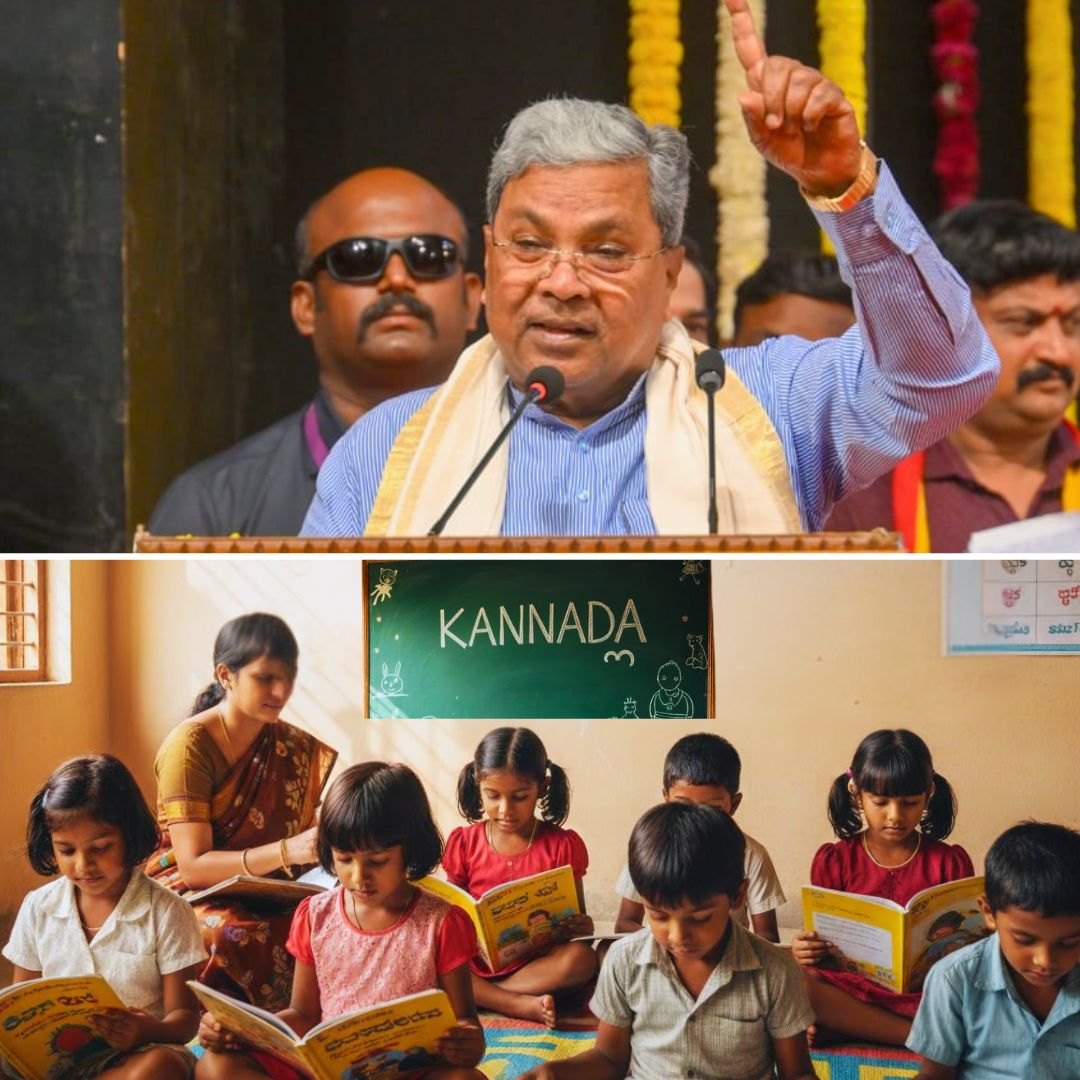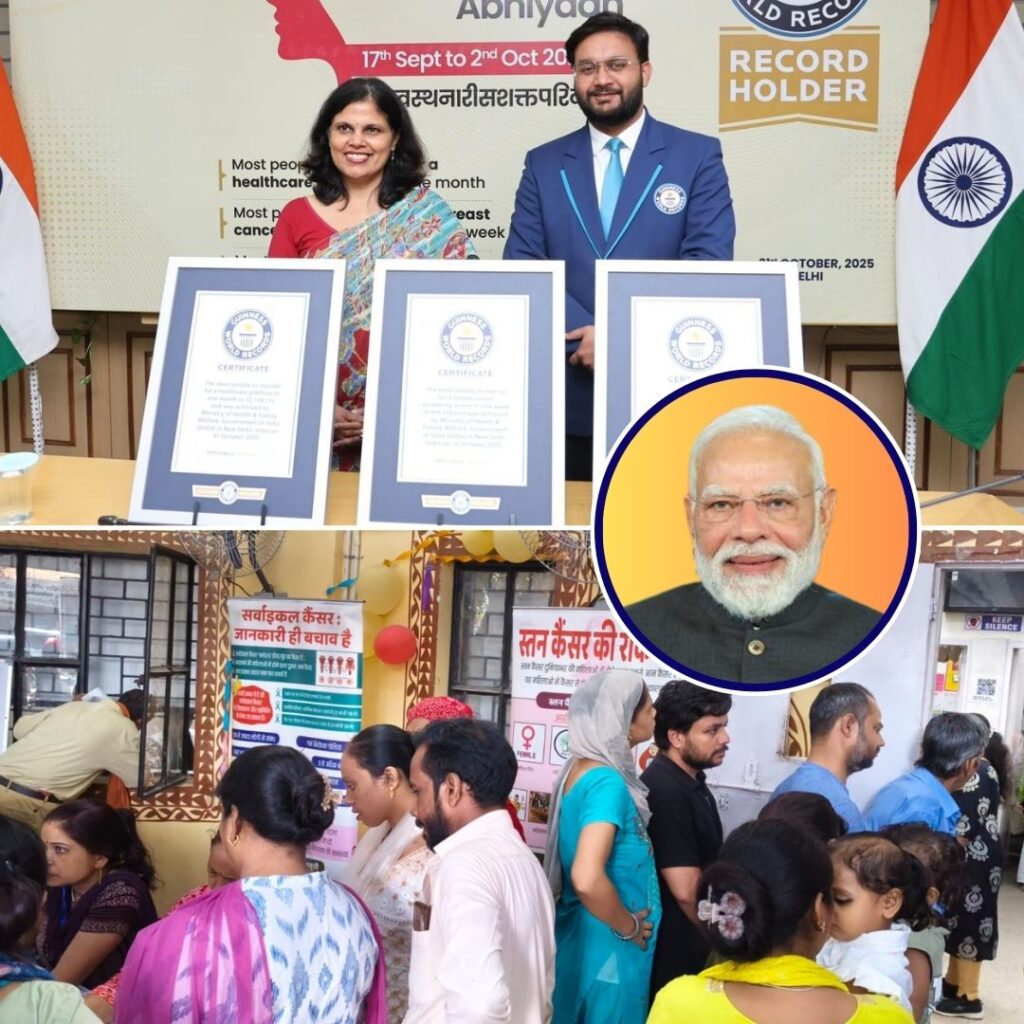On November 1, 2025, during the Karnataka Rajyotsava Day celebrations in Bengaluru, Chief Minister Siddaramaiah openly accused the Union government of marginalising Kannada while aggressively promoting Hindi and English. He termed this treatment “step-motherly” despite Karnataka contributing substantially-approximately ₹4.5 lakh crore annually-to the Centre’s revenue.
Siddaramaiah warned that the increasing dominance of Hindi and English in education is weakening children’s natural linguistic abilities and creativity, thereby eroding their talent pool. “Children in developed countries thrive because they learn in their mother tongue, which nurtures thinking and innovation. Here, forcing Hindi and English diminishes our children’s potential,” he said.
He urged the government and civil society to emphasise mother tongue learning and consider adopting a two-language policy centring on Kannada and English. State ministers like Culture Minister Shivaraj Tangadagi supported these calls, highlighting the urgent need for stronger Kannada promotion in schools and official communication.
Background: Historical and Contemporary Language Debates in Karnataka
The linguistic tension in Karnataka is not new; it echoes the historic Gokak agitation of the 1980s, which successfully pressed for prioritising Kannada in schools. The current controversy is fueled by the National Education Policy (NEP) 2020, which mandates a three-language formula: Kannada as the first language, English as second, and Hindi (or another regional language) as the third from Class 6 onwards.
Critics argue that this formula subtly enforces Hindi where Kannada-speaking children struggle for fluency or support. The Kannada Development Authority (KDA), led by Purushottam Bilimale, has persistently advocated for abandoning the three-language mandate in favour of a two-language system-Kannada and English-to reduce student stress and reinforce regional identity.
Besides educational policy, everyday challenges reinforce the sense of linguistic marginalisation: Hindi-only signage in government spaces, Hindi-speaking recruitment biases, and lack of Kannada translations in official documentation have added to the public’s resentment.
The intense public debate has also seen student protests and campaigns, like ‘Namma Bhasha’ (Our Language), aiming to defend Kannada’s rightful place in the state’s cultural fabric.
Political and Social Reactions to the Debate
The issue divides political lines sharply. Karnataka’s Congress government, led by Siddaramaiah, champions the two-language policy to protect Kannada’s primacy and resist perceived Hindi imposition.
Congress’s social media statements highlight the linguistic diversity of South India and caution against forcing a language that many students find challenging and alien, arguing instead for flexibility and respect for regional languages like Tulu, Kodava, and Konkani.
On the other hand, BJP leaders contend that Siddaramaiah and the Congress party are politicising language issues to divert attention from governance shortcomings. They stress the importance of learning Hindi for national integration and employment opportunities.
Meanwhile, some educational groups, like the Associated Management of Primary and Secondary Schools of Karnataka (KAMS), oppose the rollback of the three-language policy citing parental choice and student rights. They argue that limiting languages unduly restricts students’ learning and future prospects.
However, many parents and students support Siddaramaiah’s stance, reflecting language anxiety among the populace.
The Logical Indian’s Perspective
Language carries the weight of identity, culture, and community. Siddaramaiah’s concerns highlight the urgent need to carefully balance India’s linguistic pluralism to shield regional languages from erosion while also promoting unity and opportunity through widely spoken languages.
The Logical Indian believes fostering mother-tongue instruction and regional language pride is not contradictory to learning national or global languages; rather, it empowers children with a richer cognitive foundation and cultural confidence.
Constructive dialogue is key. Policymakers must engage with educators, parents, and linguistic experts to design inclusive language policies that reduce student burden, respect diversity, and prepare children for a multilingual future without sacrificing their roots.













